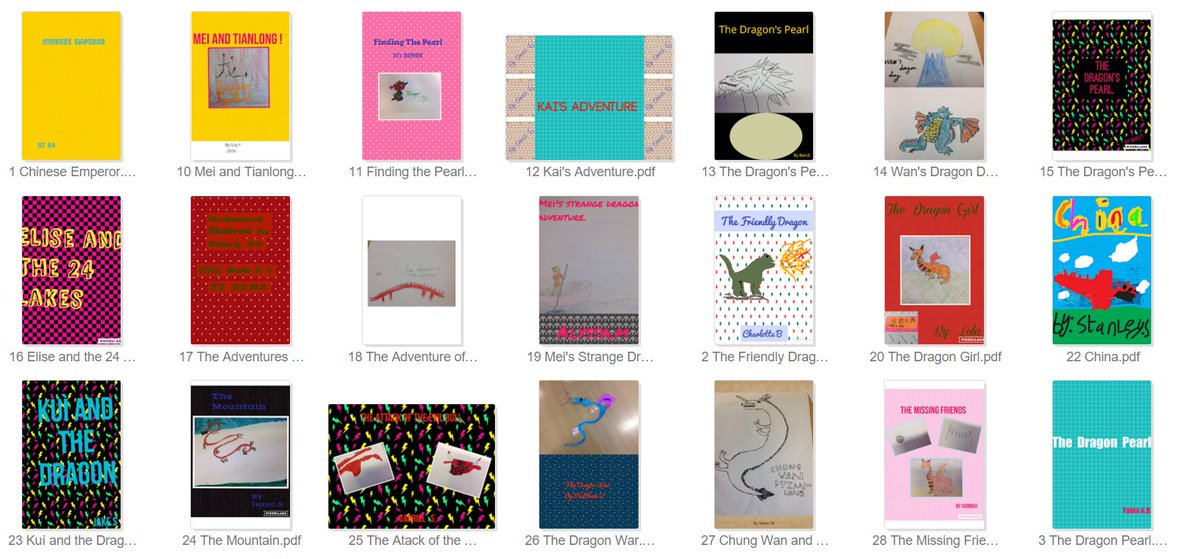At TeachMeet BETT in 2013, we saw Ben and Stephen present their 'Bring a Teacher to Twitter' (BATTT) initiative. It struck a chord with us, we'd been using Twitter for about two years and had already been trying to convince our colleagues of its usefulness.
So, we went back into school and shared their message and blogged about it too. We tried holding meetings after school and during lunchtimes, but we didn't have many attendees.
This year we tried something different: cupcakes! Mrs. A. (Dan's wife) kindly made the cakes pictured. We again emailed everyone to let them know about our Twitter Meeting. This time we were inundated with attendees. Everyone ate cake, everyone signed up for a Twitter account and everyone learned about its usefulness. We shared 'must follows', how it's useful and more...
Want people to listen to you? Give them cake!
Want people to listen to you? Give them cake!





